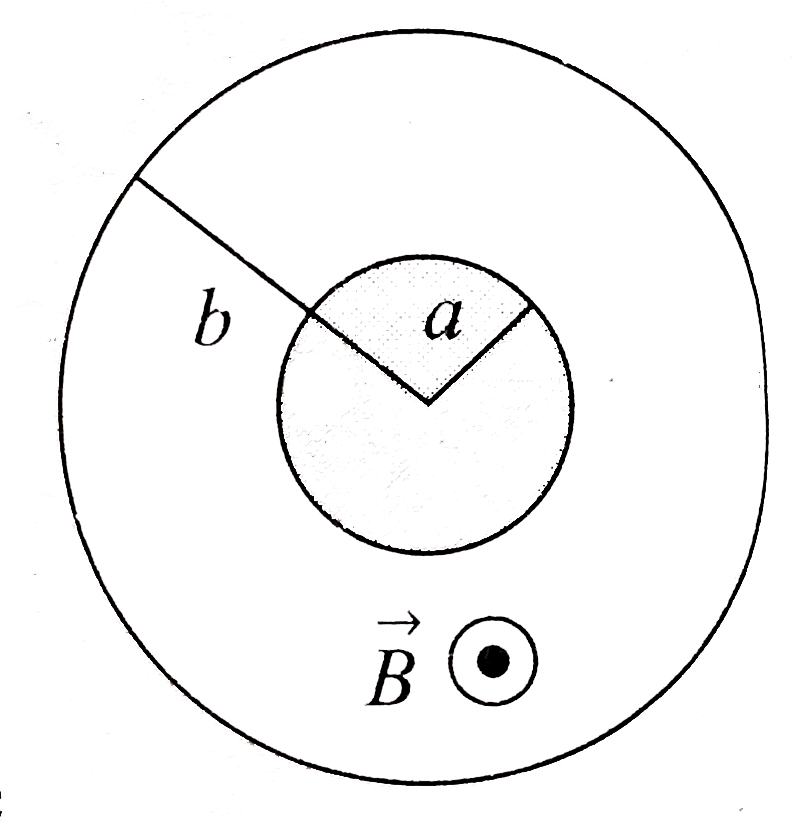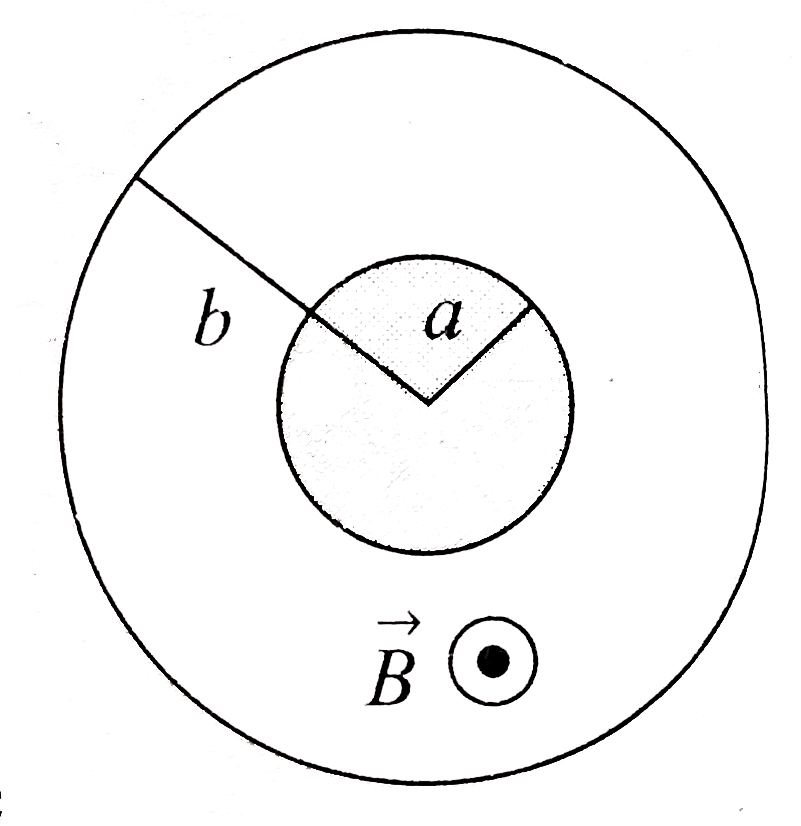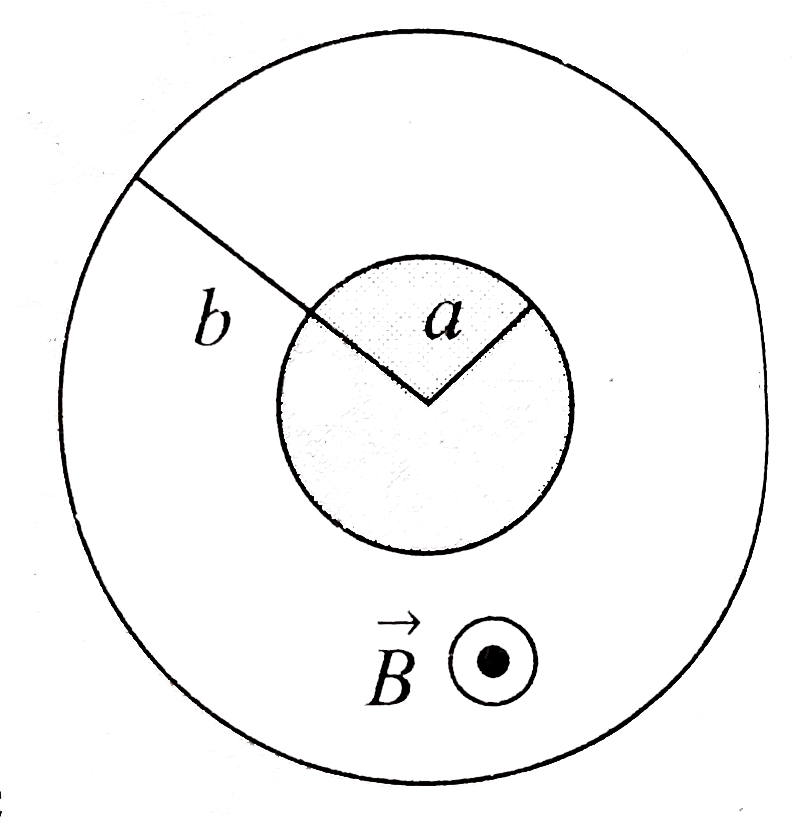A bulb without tunic and loosely arranged scale leaves is called scaly or imbricated naked bulb. It is found in
onion
garlic
lilies
All correct.
The correct Answer is:C
To solve the question regarding the type of bulb that is described as a "bulb without tunic and loosely arranged scale leaves," we can follow these steps:
1. Understand the Definition of a Bulb:
- A bulb is a specialized underground stem that is typically discoid (disk-shaped) and serves as a storage organ for nutrients.
2. Identify the Types of Bulbs:
- Bulbs can be categorized into two main types: tunicated bulbs and scaly (or imbricated) bulbs.
- Tunicated bulbs are covered by a protective layer called a tunic, while scaly bulbs do not have this tunic and consist of loosely arranged scale leaves.
3. Clarify the Characteristics of Scaly Bulbs:
- Scaly bulbs are characterized by their lack of a tunic and the presence of loosely arranged scale leaves. This structure allows for easier growth and nutrient storage.
4. Provide Examples of Each Type:
- An example of a tunicated bulb is the onion, which has a tunic made of dry membranous leaf bases.
- An example of a scaly or imbricated bulb is the lily, which fits the description provided in the question.
5. Conclude with the Correct Answer:
- Based on the characteristics described, the bulb without a tunic and with loosely arranged scale leaves is referred to as a scaly or imbricated naked bulb, and the best example of this type of bulb is the lily.
Final Answer:
The bulb without tunic and loosely arranged scale leaves is called a scaly or imbricated naked bulb, and it is found in lilies.
---
- A bulb is a specialized underground stem that is typically discoid (disk-shaped) and serves as a storage organ for nutrients.
- Bulbs can be categorized into two main types: tunicated bulbs and scaly (or imbricated) bulbs.
- Tunicated bulbs are covered by a protective layer called a tunic, while scaly bulbs do not have this tunic and consist of loosely arranged scale leaves.
- Scaly bulbs are characterized by their lack of a tunic and the presence of loosely arranged scale leaves. This structure allows for easier growth and nutrient storage.
- An example of a tunicated bulb is the onion, which has a tunic made of dry membranous leaf bases.
- An example of a scaly or imbricated bulb is the lily, which fits the description provided in the question.
- Based on the characteristics described, the bulb without a tunic and with loosely arranged scale leaves is referred to as a scaly or imbricated naked bulb, and the best example of this type of bulb is the lily.
The bulb without tunic and loosely arranged scale leaves is called a scaly or imbricated naked bulb, and it is found in lilies.
Topper's Solved these Questions
Similar Questions
Arrangement of leaves on the stem branches is called.
View SolutionScaly bulb occurs in
View Solution$ The method of arrangements of leaves on a stem is calle Aestivation
! Venation in a monocot named Smilax is of the parallel type.
View SolutionArrangement of young leaves with respect to each other in a bud is called
View SolutionIn the given arrangement, the space between a pair of co-axial cylindrical conductors is evacuated. The outer cylinder, called anode, may be given a positive potential V relative to the inner cylinder.
A static homogeneous magnetic field →B parallel to the cylinder axis, directed out of plane of figure is aslo present. induced charges in the conductors are neglected.
We study the dynamics of electrons with rest mass m and charge e. The electrons are released at the surface of inner cylinder.
Consider the following two cases

Case 1: Firstly the potential V is turned on, but →B=0. An electron with negligible velocity is ejected at the surface of inner cylinder. It is found to hit the anode.
Case 2: Now V = 0 but →B is present. An electron starts out with an initial velocity →v0 in radial direction. For magnetic field larger than critical value Bc the electron will not reach the anode.
Considering the case 1, the trajectory of electron will be
View SolutionIn the given arrangement, the space between a pair of co-axial cylindrical conductors is evacuated. The outer cylinder, called anode, may be given a positive potential V relative to the inner cylinder.
A static homogeneous magnetic field →B parallel to the cylinder axis, directed out of plane of figure is aslo present. induced charges in the conductors are neglected.
We study the dynamics of electrons with rest mass m and charge e. The electrons are released at the surface of inner cylinder.
Consider the following two cases

Case 1: Firstly the potential V is turned on, but →B=0. An electron with negligible velocity is ejected at the surface of inner cylinder. It is found to hit the anode.
Case 2: Now V = 0 but →B is present. An electron starts out with an initial velocity →v0 in radial direction. For magnetic field larger than critical value Bc the electron will not reach the anode.
Considering case 2, the trajectory of electron will be
View SolutionIn the given arrangement, the space between a pair of co-axial cylindrical conductors is evacuated. The outer cylinder, called anode, may be given a positive potential V relative to the inner cylinder.
A static homogeneous magnetic field →B parallel to the cylinder axis, directed out of plane of figure is aslo present. induced charges in the conductors are neglected.
We study the dynamics of electrons with rest mass m and charge e. The electrons are released at the surface of inner cylinder.
Consider the following two cases

Case 1: Firstly the potential V is turned on, but →B=0. An electron with negligible velocity is ejected at the surface of inner cylinder. It is found to hit the anode.
Case 2: Now V = 0 but →B is present. An electron starts out with an initial velocity →v0 in radial direction. For magnetic field larger than critical value Bc the electron will not reach the anode.
The critical magnetic field Bc is given by
View SolutionThe loosely arranged nonchloropphyllous parenchyma cells present in lenticels are called
View SolutionTo test the quality of electric bulbs produced in as factory, two bulbs are randomly selected from a large sample without replacement. If either bulb is defective, the entire lot is rejected. Suppose a sample of 200 bulbs contains 5 defective bulbs. Find the probability that the sample will be rejected.
View SolutionInitially bulb "a" contained oxygen gas at 27∘C and 950 mm of Hg and bulb "B" contained neon gas at 27∘C and 900 mm of Hg. These bulbs are connected by a narrow tube of negligible volume equipped with a stopcock and gases were allowed to mix-up freely. The pressure obtained in the combined system was found to be 910 mm of Hg.

If volume of bulb B was measured to be 10 L, then find the volume of oxygen gas present initially in bulb "A" .
View Solution
